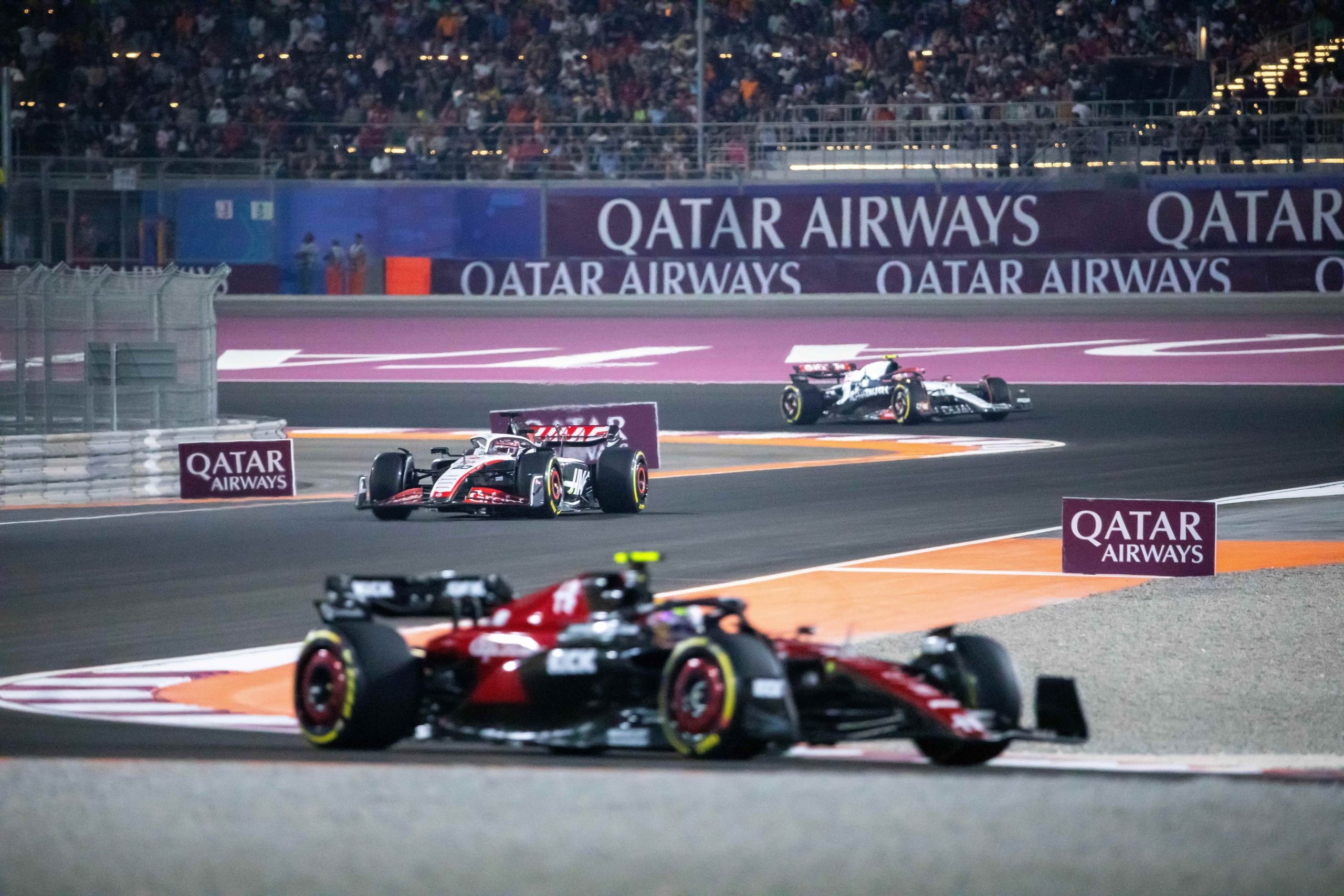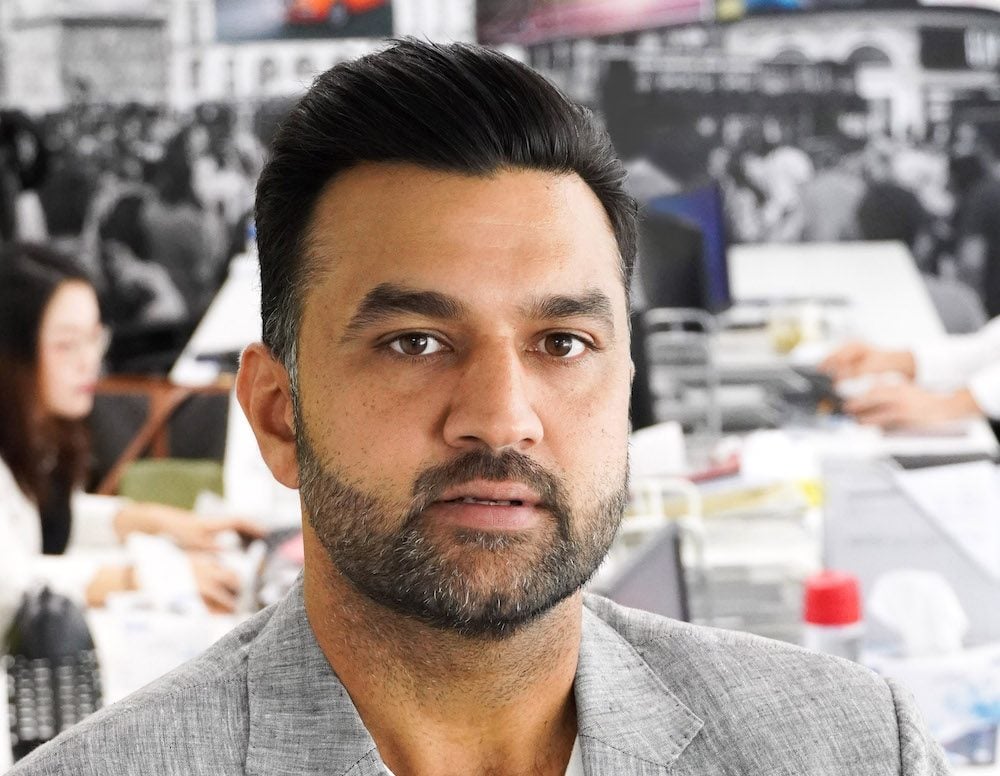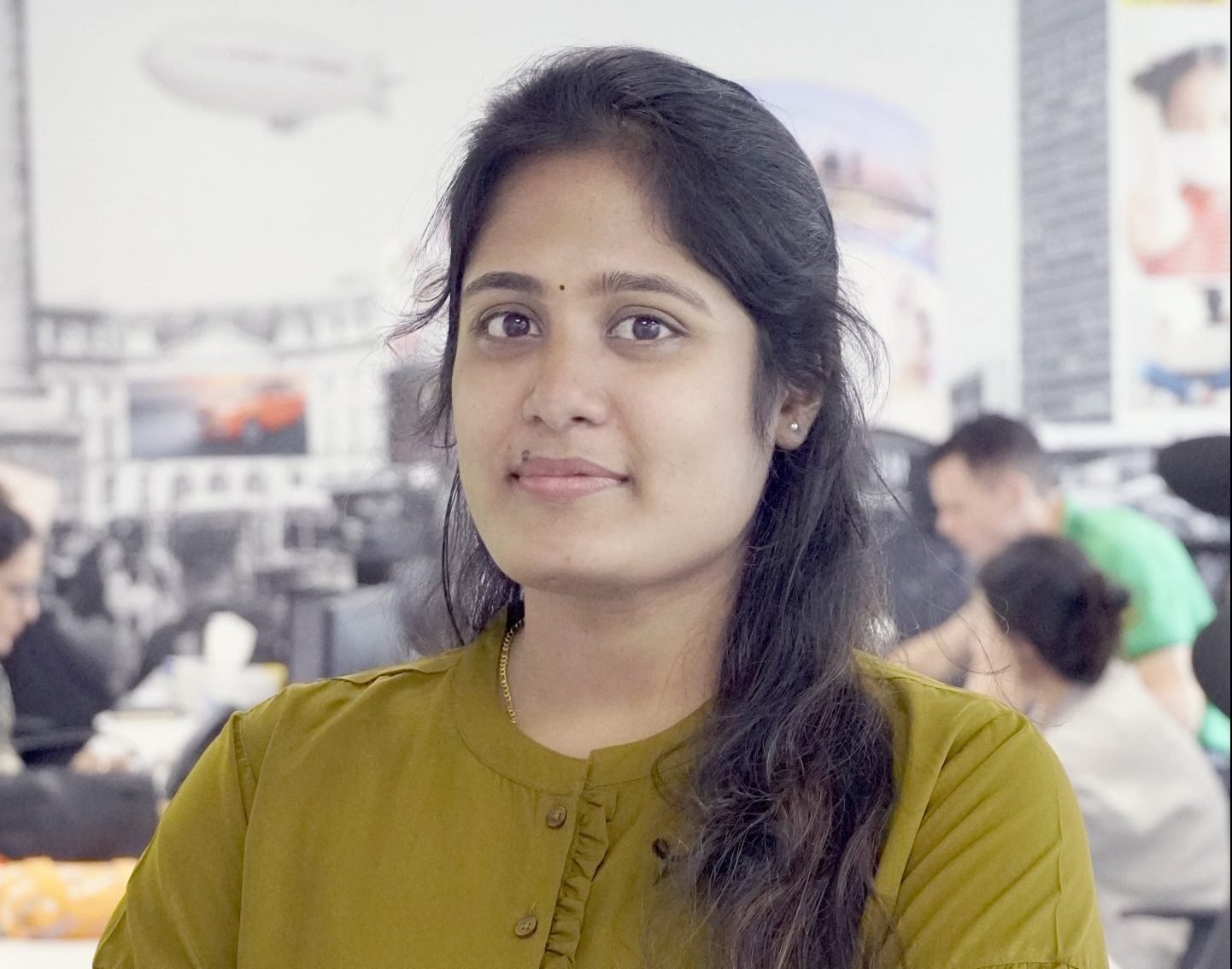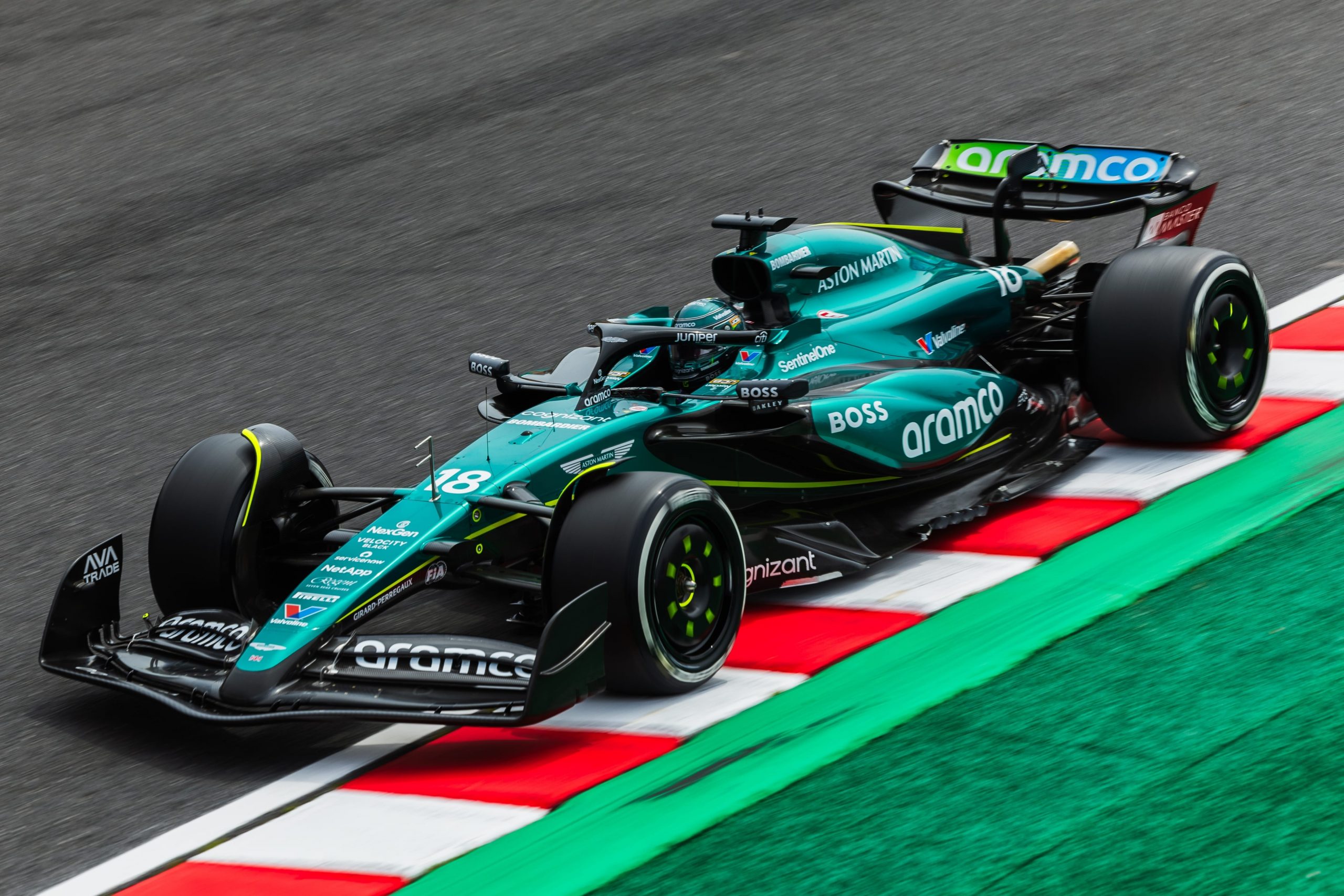
A decade ago, F1 looked very different. The focus was predominantly on the track – car performance, driver skills, and engineering innovations took center stage. Sponsorships existed, but more as a backdrop and an afterthought.
The media reach was mostly limited to race weekends, with coverage driven by traditional broadcasting partners. F1 fans followed the sport, but the broader public often saw F1 as a niche, luxury motorsport.
The 2016 acquisition of F1 by Liberty Media was the sport’s watershed moment, fundamentally changing how the sport interacted with its audience. With Liberty Media in command, F1 was transformed into a media-centered enterprise, aiming to expand the fan base and create new engagement points.
The shift didn’t just benefit F1; it set an example across the multiple sports for what a media-focused strategy could achieve.

The evolution of F1’s media strategy
Liberty Media’s approach positioned F1 as a platform beyond the racetrack. They prioritised audience engagement through robust social media strategies, behind-the-scenes content, and live streaming. These moves not only broadened F1’s global reach but also brought new sponsors and fans into the fold.
For instance, Netflix’s “Drive to Survive” series has allowed F1 to reach new demographics and markets, making it arguably the most widely consumed motorsport content.
Today, F1 has millions of followers across social media platforms, with content tailored to regional audiences and different demographics, ensuring that F1 is constantly in the spotlight, outside of race weekends and even during the off-season.
The media-driven focus has also turned F1 into a prime branding opportunity to reach wider audiences. Emirates Airline and Qatar Airways serve as prime examples, with Emirates previously holding the role of F1’s official airline partner before Qatar Airways took over for a reported $300mn in 2023.
Such partnerships leverage F1’s extensive media reach to promote their brands, reinforcing the synergy between sports and media to reach global audiences.

The power of branding: Lessons from the fast lane
With a revamped media strategy, F1 has transformed into a dynamic platform for branding. Leading brands leverage the sport’s global reach to connect with new audiences through immersive campaigns that inspire loyalty and engagement.
This sponsorship model serves as a blueprint for other industries, illustrating how integrating brands into media and sports can create memorable experiences that resonate well beyond the main event.
Aramco’s, DHL’s, and ADNOC’s partnerships with F1 illustrate how these brands have become synonymous with energy, logistics, and innovation, respectively.
Leveraging the extensive live coverage, social media activations, and unique content creation opportunities, these brands are reinforcing their identities and engaging with audiences through high-impact, premium content that resonates globally, thereby elevating both F1’s media presence and their own.

Abu Dhabi GP: A case study on how global sports impact regional media
Events like the Abu Dhabi Grand Prix illustrate the profound influence of Formula 1 on regional media landscapes. This year’s Abu Dhabi GP generated over AED 1.16bn for the emirate’s economy through attendee spend, with media coverage amplifying the city’s role as an international sporting destination.
Local media channels have shifted to meet the needs of an international audience, featuring content in multiple languages and leveraging the global appeal of the sport.
From Yas Marina Circuit’s launch of a dedicated F1 app to local and international partnerships, Abu Dhabi has embraced F1 as more than a race. It’s a catalyst for growth in regional media, tourism, and brand exposure for the city.
The event exemplifies how hosting global sports can elevate a region’s media landscape, drawing international coverage and giving local brands unprecedented exposure.
F1’s media shift and future directions
F1’s journey over the past decade from a weekend racing event to a global media phenomenon shows the power of media in transforming not only brands but also entire regional landscapes.
Liberty Media’s strategy exemplifies how the right media focus can turn sports into a comprehensive entertainment ecosystem, making F1 more than just a race.
With ongoing innovations in media and brand partnerships, F1 stands as a model for industries that aspire to increase their reach, boost brand loyalty, and engage with global audiences on a deeper level.
By Manoj Khimji, Managing Director, The MediaVantage, and Durgasi Gouthami, Content Writer & Social Media Executive, The MediaVantage









